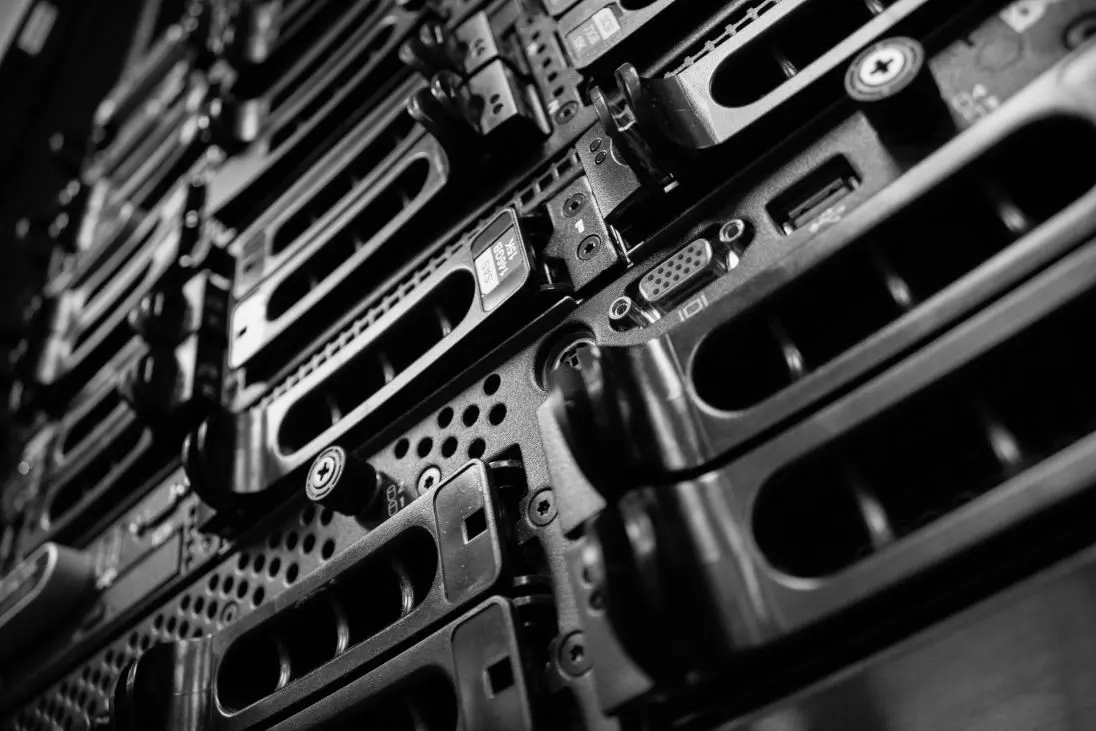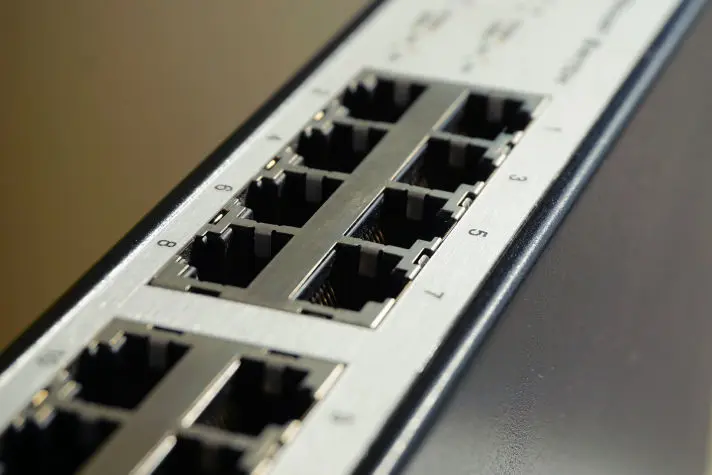Leveraging Sustainable Practices to Reduce Emissions, Waste, and Resource Consumption
The IT reuse market plays a significant role in helping the fight against climate change through several key mechanisms:
Extending Product Lifecycles:
The IT reuse market promotes the practice of extending the lifespan of IT equipment. Instead of discarding and replacing devices prematurely, organizations and individuals can choose to reuse them. By maximizing the use of existing technology, the demand for new products is reduced, thereby decreasing the environmental impact associated with manufacturing, transportation, and disposal of electronic devices.
Reducing E-Waste Generation:
Electronic waste, or e-waste, poses a significant environmental threat due to its toxic components and inefficient disposal methods. By reusing IT equipment, the IT reuse market helps prevent e-waste from ending up in landfills or being improperly recycled. This reduces the release of hazardous substances into the environment and minimizes the energy and resources required for e-waste management.
Energy and Resource Conservation:
The production of new IT equipment consumes substantial amounts of energy, raw materials, and water. The IT reuse market mitigates these environmental impacts by reducing the need for manufacturing new devices. Reusing IT equipment eliminates the energy and resource-intensive processes involved in extraction, refining, and manufacturing of components, leading to lower carbon emissions and decreased resource depletion.
Sustainable IT Asset Disposition:
The IT reuse market offers proper channels for the responsible disposal of IT assets. Through certified refurbishment, resale, or recycling, organizations can ensure that their IT equipment is managed in an environmentally friendly manner. This reduces the risk of improper disposal, which can lead to pollution and the release of toxic substances, and encourages the adoption of sustainable practices throughout the IT lifecycle.
Bridge the Digital Divide:
IT reuse initiatives often include efforts to bridge the digital divide by providing affordable access to technology in underserved communities. By redistributing refurbished devices, the IT reuse market enables individuals and organizations to access educational resources, employment opportunities, and essential services. This promotes social equity while minimizing the need for new device production.
Overall, the IT reuse market contributes to climate change mitigation by reducing greenhouse gas emissions, conserving resources, minimizing e-waste, and fostering sustainable practices throughout the IT industry. It is an essential component of the circular economy, where resources are optimized, waste is minimized, and the environmental impact of technology is significantly reduced.







